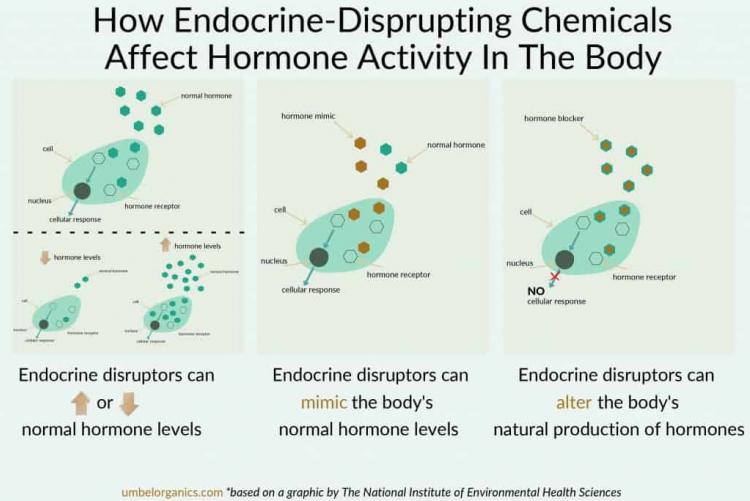Environmental chemicals, particularly endocrine-disrupting chemicals (EDCs), have been identified as significant contributors to hormonal imbalances, affecting various aspects of human health, including reproductive functions and cardiovascular health. EDCs are substances that can interfere with the body's endocrine system, leading to adverse developmental, reproductive, neurological, and immune effects.
Dr. Ezekiel Mecha, an endometriosis researcher and senior lecturer at the Department of Biochemistry at the University of Nairobi, has highlighted the pervasive nature of these chemicals. He notes that endometrial tissue, which is typically found lining the uterus, can also be located in other parts of the body, such as the brain, lungs, intestines, and the peritoneum (abdominal membrane). This aberrant presence is associated with conditions like endometriosis, which can lead to chronic pain and infertility. Dr. Mecha identifies two primary causes of endometriosis: genetic inheritance and retrograde menstruation, where menstrual blood flows backward into the abdomen instead of exiting through the vagina. citeturn0search3
The impact of EDCs extends beyond reproductive health. These chemicals can mimic or block natural hormones, disrupting the body's normal functions. For instance, certain pesticides and industrial chemicals have been shown to interfere with thyroid function, leading to metabolic issues. Additionally, exposure to EDCs has been linked to an increased risk of heart diseases, as they can alter lipid metabolism and promote atherosclerosis.
Given the widespread presence of EDCs in the environment, it is crucial to raise awareness about their potential health risks. Individuals are encouraged to minimize exposure by choosing products free from known EDCs, supporting policies that regulate the use of harmful chemicals, and advocating for further research into the mechanisms by which these substances affect human health.
- Log in to post comments

